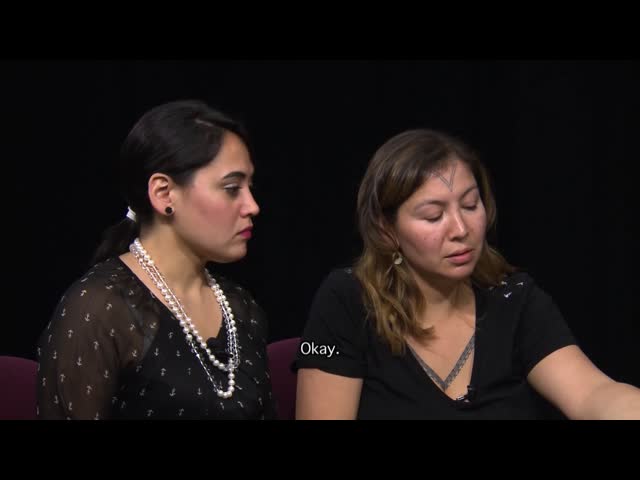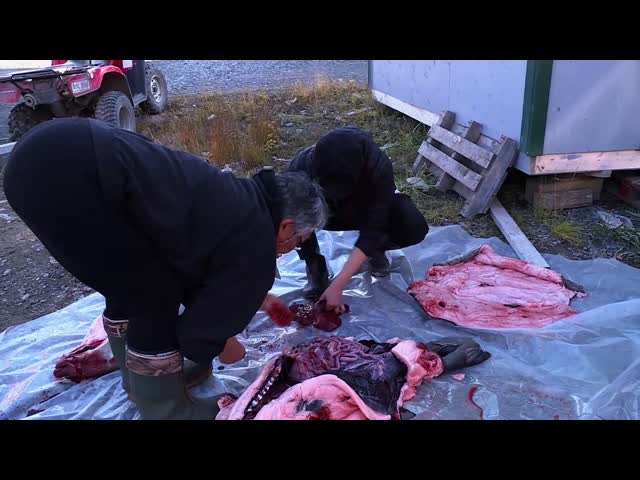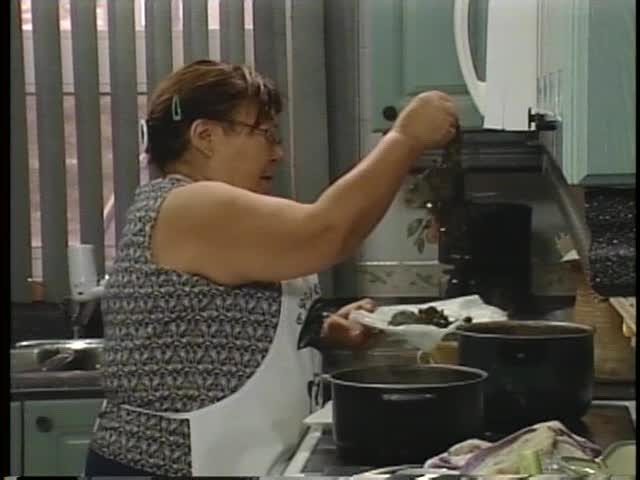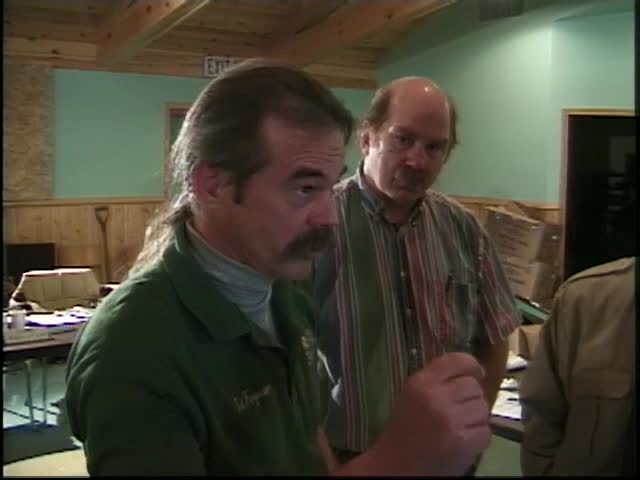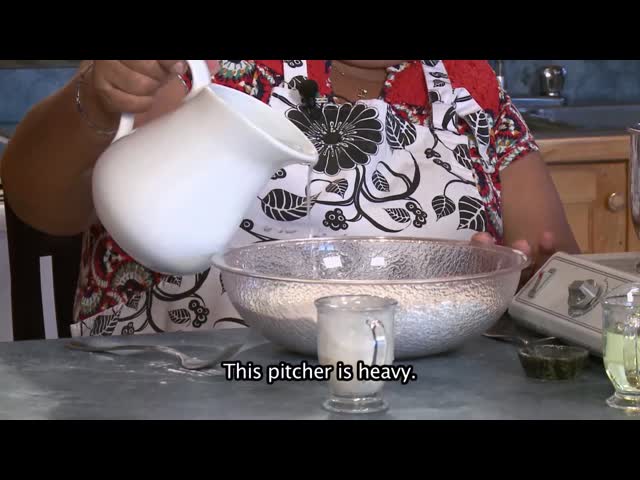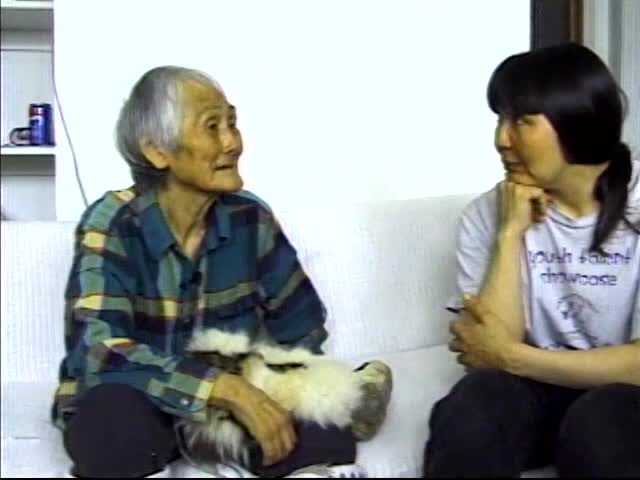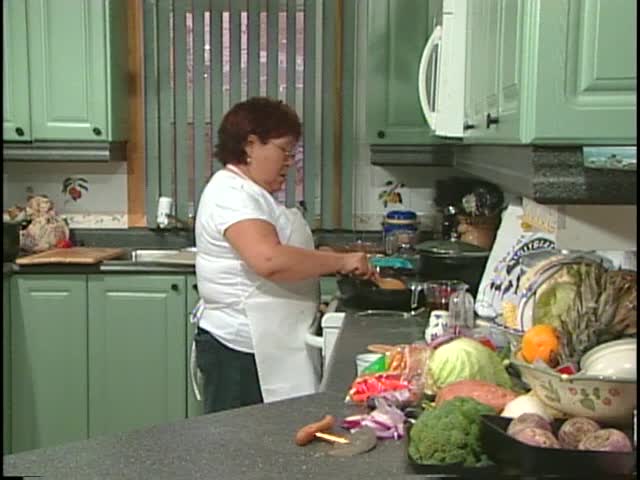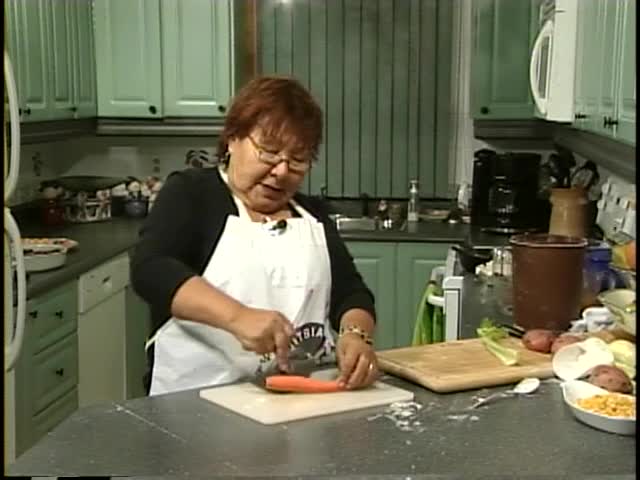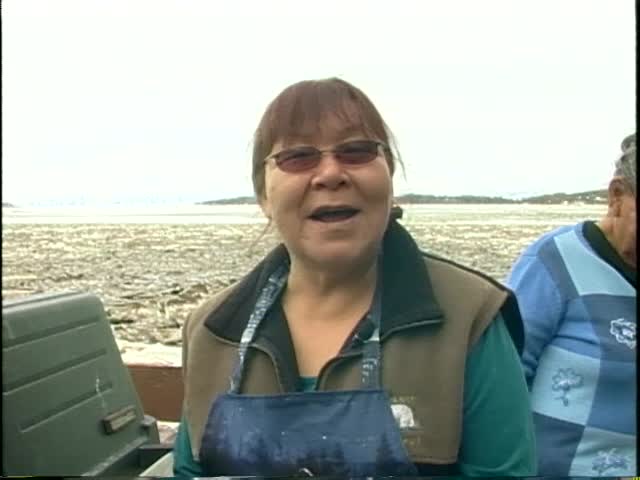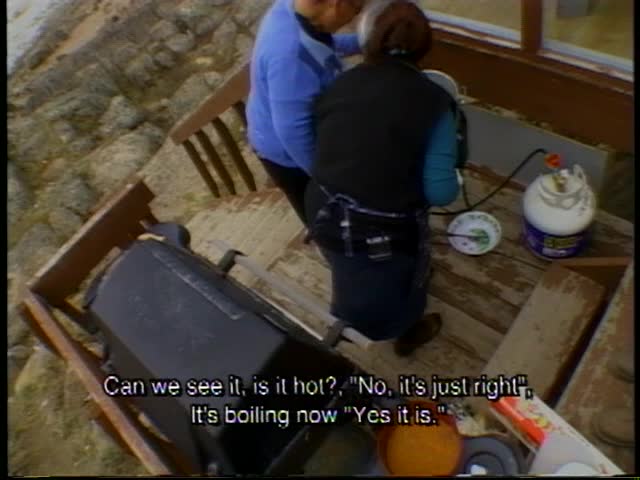Qview is a media-streaming platform that enables creators to effectively deliver video into satellite dependent communities without losing copyright control or ownership.
Qview is split into 2 parts named QvCentral (QvC) and QvLocal (QvL).
QvC is hosted in Ottawa and provides southerners with easy access to northern content while providing northerners with a single repository optimized for delivery over all backbone types.
QvL is a community-based server designed specifically for satellite communities. The purpose of QvL is to dramatically reduce backbone congestion and provide a better experience for the viewer at a much lower (or zero) usage consumption.
SSi Canada is proud to be involved with The Inuit Broadcasting Corporation in a pilot project aimed at bringing culturally relevant content to Canadians.
Don't hesitate to contact us if you are interested in having your own streaming channel.

